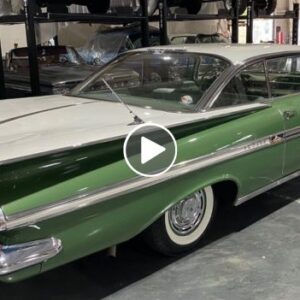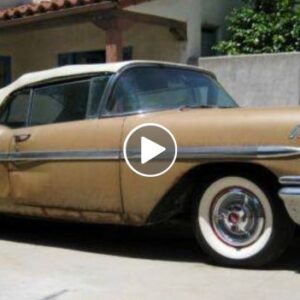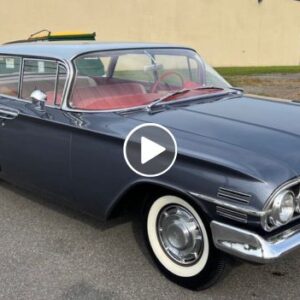Decades of improper storage can do a lot of damage to a car. While classic vehicles parked in heated garages emerge unscathed after years and years of storage, cars that are forgotten in shabby barns usually become rust buckets. This 1957 Chevrolet Bel Air is one of those unfortunate rigs.

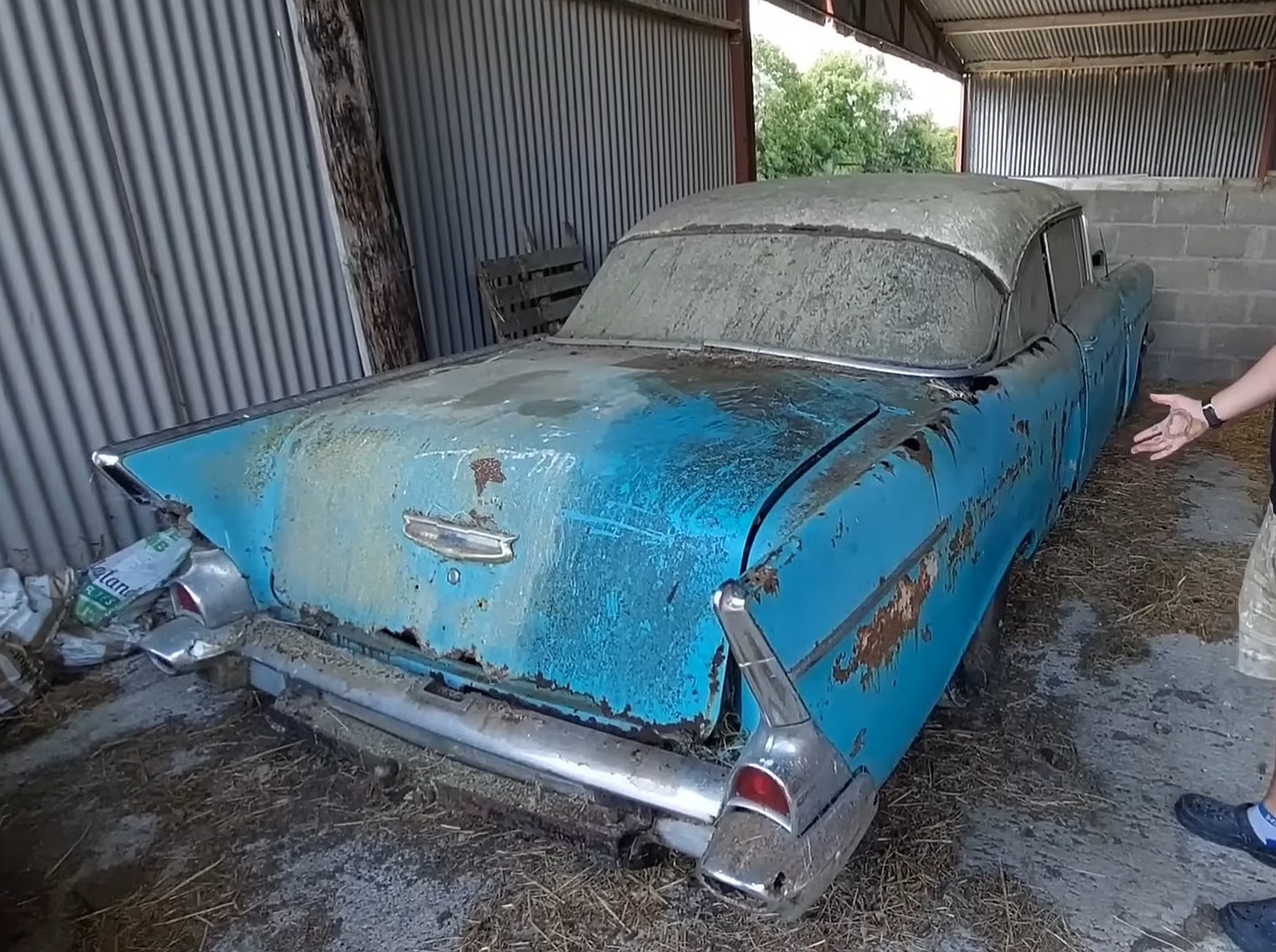

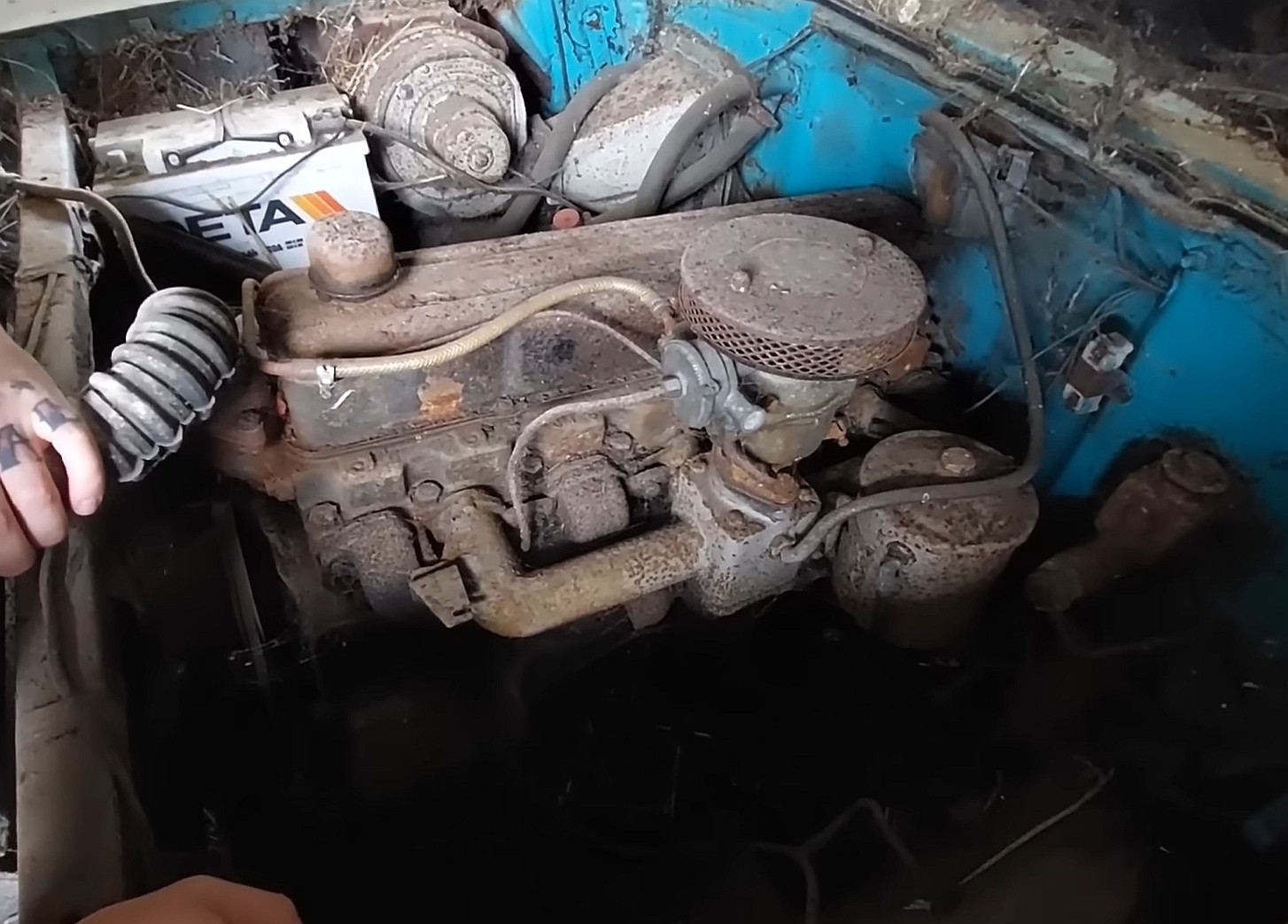
Parked for more than 40 years in a barn-like construction that doesn’t provide much protection from the elements, this once-gorgeous Tri-Five is now a derelict classic with rust holes all over the place. It’s not just the usual rust around the rocker panels, this Bel Air is pretty much swiss cheese, with rust damage on the upper fenders and where the chrome trim used to be.
It looks really bad given that the car had a roof over its head, but there’s a catch. This Chevy spent all those years in Ireland, where the weather is moist all year round. If not treated properly, classic cars are bound to rust away in that kind of weather. And of course, it’s sadder than usual because two-door Chevrolet Bel Airs are quite desirable nowadays. Not to mention that it’s quite a rare bird in Europe.
We don’t know why this car was kept off the road for so long, but “Cannibal Cars” was given the opportunity to work on it and get it running again. And amazingly enough, the old inline-six engine agreed to run without a full overhaul. Yup, it’s the kind of “will it run?” video that will make you say “they don’t make them like they used to.”
On top of that, the engine still has enough grunt to take the rusty Bel Air out of the barn to get its first cleaning in more than 40 years. If you’re not familiar with the 1957 Bel Air, it came with a 235-cubic-inch (3.9-liter) “Blue Flame” as standard. The mill was rated at 140 horsepower and 210 pound-feet (285 Nm) of torque when new. Chevrolet also offered a couple of V8 engines good for up to 283 horsepower that year, but the original owner opted to keep things a bit more affordable.
The cleaning process removes a lot of dirt from the car’s upper body and reveals a rather nice-looking white roof. But while it looks a bit better overall, this Bel Air is way too rusty to become road-worthy without major repairs.
Sadly, it doesn’t look like the owner is planning to restore this Bel Air. And that’s not surprising given that Tri-Five parts are very difficult and expensive to source in Ireland. Until this Bel Air gets a proper second chance, watch it come back to life in the lengthy video below.
